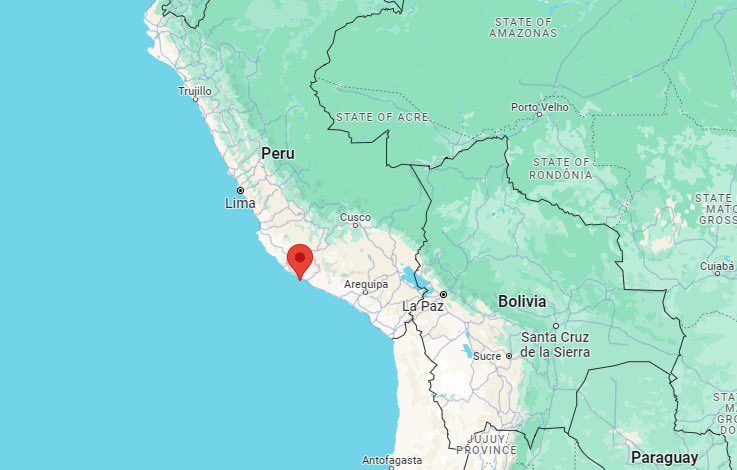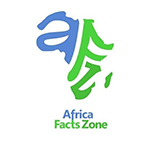
On June 28, 2024, a powerful earthquake rocked the coast of southern Peru, setting off a chain of events that have left residents and officials on high alert.
This seismic event not only shook the ground but also triggered a tsunami warning for the region. While the Pacific Northwest coast of North America, including California, Oregon, Washington, British Columbia, and Alaska, was not expected to be impacted, the situation remains tense.
The Earthquake: What Happened?
Magnitude and Epicenter
Early reports indicate that the earthquake struck with a magnitude of 7.5, a force strong enough to cause significant damage and instill widespread fear.
The epicenter was located off the coast of southern Peru, a region known for its seismic activity due to its position along the Pacific Ring of Fire.
The earthquake occurred at approximately 3:45 PM local time and lasted for nearly a minute. For those on the ground, it felt like an eternity as buildings swayed, windows shattered, and the earth rumbled beneath them.
Immediate Impact and Response
Damage Assessment
Initial assessments suggest significant structural damage in coastal communities. Buildings have collapsed, roads have cracked, and essential infrastructure like power lines and water systems have been disrupted.
Emergency services are currently working around the clock to assess the full extent of the damage and provide assistance to those in need.
Evacuations and Safety Measures
In the immediate aftermath, authorities issued evacuation orders for coastal areas at risk of tsunami impact. Residents were advised to move to higher ground and follow the instructions of local emergency management teams.
Schools, hospitals, and public buildings have been converted into emergency shelters to accommodate displaced individuals.
Also Read: The Deadliest Earthquakes in History
Tsunami Warning: What You Need to Know
Regions at Risk
The tsunami warning extends along the southern coast of Peru, with potential waves expected to hit within hours of the earthquake.
Tsunami waves can travel at high speeds, making it crucial for those in the affected areas to evacuate swiftly and efficiently.
Monitoring and Updates
The Pacific Tsunami Warning Center is closely monitoring the situation and will provide updates as new information becomes available. It is essential for residents in the warned regions to stay tuned to local news and official channels for real-time updates and instructions.
Why the Pacific Northwest is Safe
Despite the magnitude of the earthquake, experts have indicated that the Pacific Northwest coast of North America, including California, Oregon, Washington, British Columbia, and Alaska, will not be affected by the tsunami. The geographic and oceanic conditions differ significantly, reducing the risk of wave propagation to these areas.
Historical Context and Preparedness
Peru’s Seismic History
Peru is no stranger to earthquakes. The country sits on the boundary of the Nazca and South American tectonic plates, making it one of the most seismically active regions in the world.
Historically, Peru has experienced several devastating earthquakes, prompting ongoing efforts to improve building codes and emergency response strategies.
Tsunami Preparedness
Given its coastal geography, Peru has developed comprehensive tsunami preparedness plans. These include early warning systems, public education campaigns, and regular drills to ensure that residents know how to respond in the event of a tsunami. The effectiveness of these measures will be tested in the coming hours and days.
Global Reactions and Support
International Aid Offers
Following the earthquake, several countries have offered aid and support to Peru. Neighboring countries, as well as international organizations like the Red Cross and the United Nations, have mobilized resources to assist with relief efforts.
Conclusion
The earthquake that struck southern Peru on June 28, 2024, has had a profound impact on the region, triggering a tsunami warning and causing significant damage.
While the Pacific Northwest of North America remains unaffected by the tsunami, the situation in Peru is dire. As emergency response teams work to assist those in need, the global community stands in solidarity, ready to support Peru in its time of crisis. This event serves as a stark reminder of the power of nature and the importance of preparedness and resilience.





